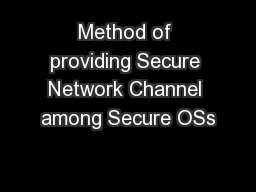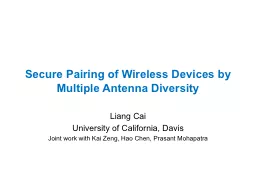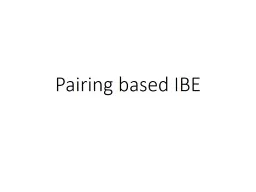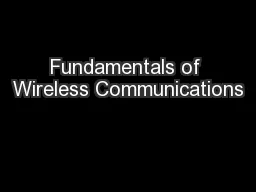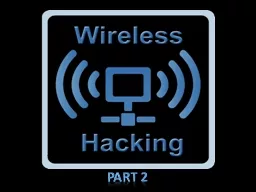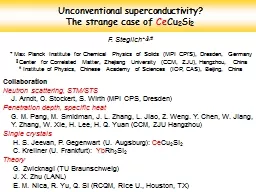PPT-Secure In-Band Wireless Pairing
Author : danika-pritchard | Published Date : 2016-07-25
Shyamnath Gollakota Nabeel Ahmed Nickolai Zeldovich Dina Katabi Secure Wireless Pairing is Important Traditional solutions require user to enter or validate
Presentation Embed Code
Download Presentation
Download Presentation The PPT/PDF document "Secure In-Band Wireless Pairing" is the property of its rightful owner. Permission is granted to download and print the materials on this website for personal, non-commercial use only, and to display it on your personal computer provided you do not modify the materials and that you retain all copyright notices contained in the materials. By downloading content from our website, you accept the terms of this agreement.
Secure In-Band Wireless Pairing: Transcript
Download Rules Of Document
"Secure In-Band Wireless Pairing"The content belongs to its owner. You may download and print it for personal use, without modification, and keep all copyright notices. By downloading, you agree to these terms.
Related Documents



